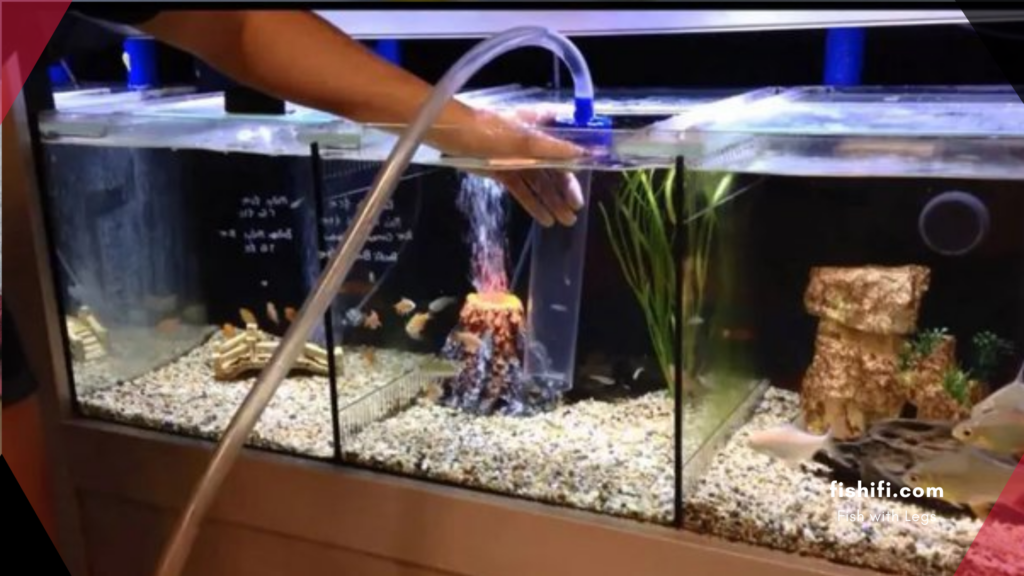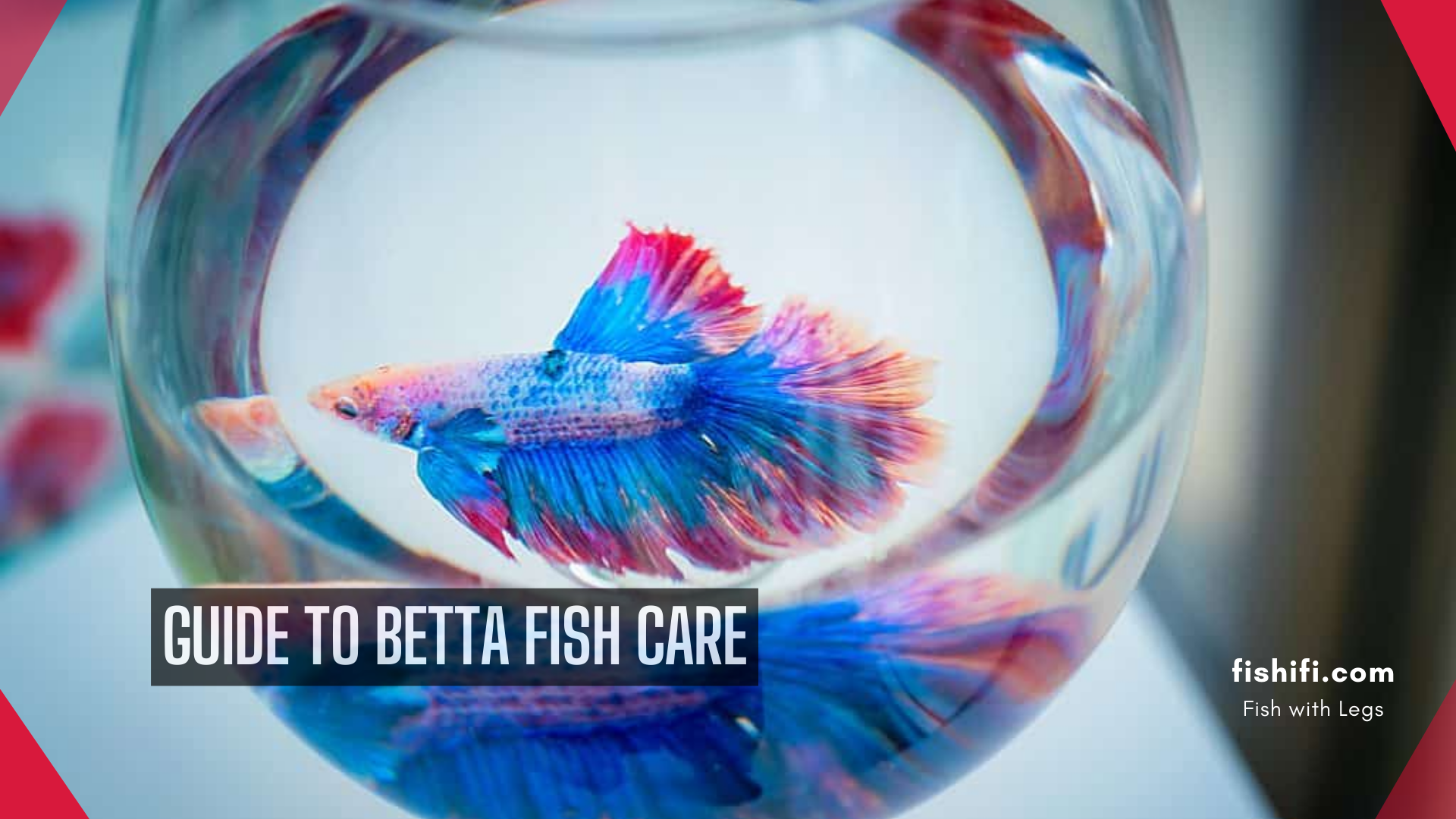Caring for your betta fish tank involves more than just feeding and watching them swim. Regular cleaning and maintenance of their tank are crucial for creating a healthy and thriving environment. Let’s delve into the detailed steps and additional information to ensure the well-being of your betta friends.
Table of Contents
Betta Fish Tank Setup -Monthly Cleaning

Depending on the number of fish in the tank, a full cleaning of the aquarium is generally needed once a month. Follow these steps for a thorough cleaning:
- Preparation:
- Wash your hands thoroughly before any aquarium maintenance to remove lotions, perfumes, or toxic chemicals that can harm fish.
- Avoid removing the fish from the tank to prevent stress and potential injury.
- Cleaning the Walls:
- Use a soft sponge or scrubber to gently clean the inside walls. For acrylic tanks, use specialized cleaning tools designed for acrylic aquariums to prevent scratches.
- Removing Accessories:
- Take out accessories and artificial plants with significant algae growth.
- Use an algae pad and hot water to scrub away any build-up or debris.
- Stubborn Build-up Removal:
- If the decor remains dirty, use a 3% bleach solution. Soak accessories for 15 minutes and rinse thoroughly until there is no residual bleach smell. Air-dry fully.
- Filter Inspection:
- Inspect the aquarium filter for proper functioning and any algae buildup. Clean the filter according to the manufacturer’s instructions if necessary.
- Waste Removal:
- Use a siphon vacuum to remove waste and old food from the tank’s bottom. This step also prepares the tank for a water change.
- Gravel Vacuuming:
- Vacuum the aquarium’s gravel to remove debris.
- Ensure cleaned décor is fully dried and free of a bleachy smell before returning them to the tank.
- Refilling and Water Conditioning:
- Add new, dechlorinated water at the same temperature as the existing water to replace what was siphoned out.
- Use a water conditioner to detoxify the added water from harmful chemicals like chlorine and chloramines.
- Outer Wall Cleaning:
- Use an aquarium-safe cleaner for the outer walls. Avoid household cleaners containing ammonia or other toxic chemicals.
By following these comprehensive steps, you ensure a clean, safe, and comfortable habitat for your betta fish, promoting their health and happiness.
Comprehensive Guide to Betta Fish Tank Care

Taking care of your betta fish involves more than just placing them in a tank. It requires careful attention to their environment, health, and overall well-being. Let’s delve into the steps in more detail, ensuring your betta thrives.
Performing routine water changes is essential to maintain the water quality in your betta’s tank. Aim for changes of no more than 10-25% of the aquarium’s total water volume every two to four weeks. Avoid draining all the water, as this can eliminate beneficial bacteria vital for the tank’s ecosystem health.
Water Quality Management
- Regular Water Changes:
- Change 10–25% of the total water volume every two to four weeks, or more frequently if necessary. This helps maintain a healthy environment for your betta.
- Water Quality Testing:
- Test the tank’s water quality weekly for the first two months (especially with new fish, plants, or equipment), and then monthly thereafter. Check pH, nitrite, nitrate, ammonia, carbonate, and general hardness levels.
- Water Conditioning:
- Treat water with a conditioner before adding it to the tank. This removes harmful chemicals like chlorine, chloramines, and heavy metals. Ensure the added water matches the temperature of the existing tank water.
- Daily Equipment Check:
- Regularly check the aquarium’s filter, water temperature, and other equipment daily to ensure they function correctly.
- Filter Maintenance:
- Replace or rinse filter media monthly, or during water changes, based on water conditions and the number of fish in the tank.
Veterinary Care
Annual Check-Up
- Perform weekly water quality tests and changes. Consult a veterinarian only if your betta faces health issues. Schedule a vet assessment within a week of introducing a new betta to your home.
Signs of a Healthy Betta
- Bright coloration, full fin movement, intact fins, regular swim patterns, and a healthy appetite indicate a thriving betta.
When to Consult a Vet
- Changes in coloration, lethargic swimming, receding fin edges, decreased appetite, itching, rapid breathing, gill color changes, lumps/bumps, and white growths/spots, are signs to contact a vet.
Common Betta Fish Illnesses
- Fin/tail rot, dropsy, parasites, bacterial infections, cancer, ich, pop eye, fungal oral or skin infections, swim bladder disorders.
Related: Swim Bladder Disease and Treatment

Betta Fish Requirements
- Ease of Care:
- Bettas are easy to care for with minimal daily and weekly needs once their tank is appropriately set up.
- Betta Fish Tank Size
- Bettas need a minimum 5-gallon betta fish tank, ideally a 10-gallon tank with a filter and heater. Opt for live plants over plastic for decoration.
- Water Source:
- Bettas can live in tap water, but it must be treated before use.
- Indicators of Happiness:
- A happy betta displays an active and curious personality, eats well, boasts colorful intact fins, and swims comfortably without unusual behavior.

